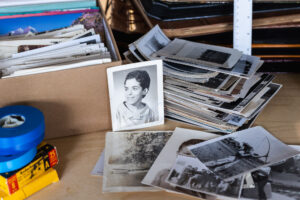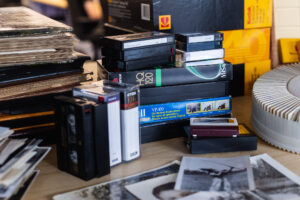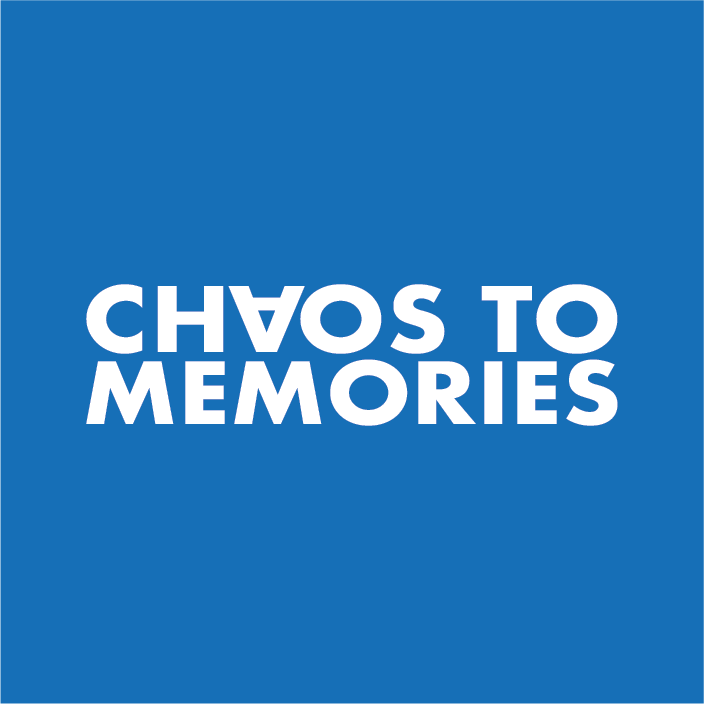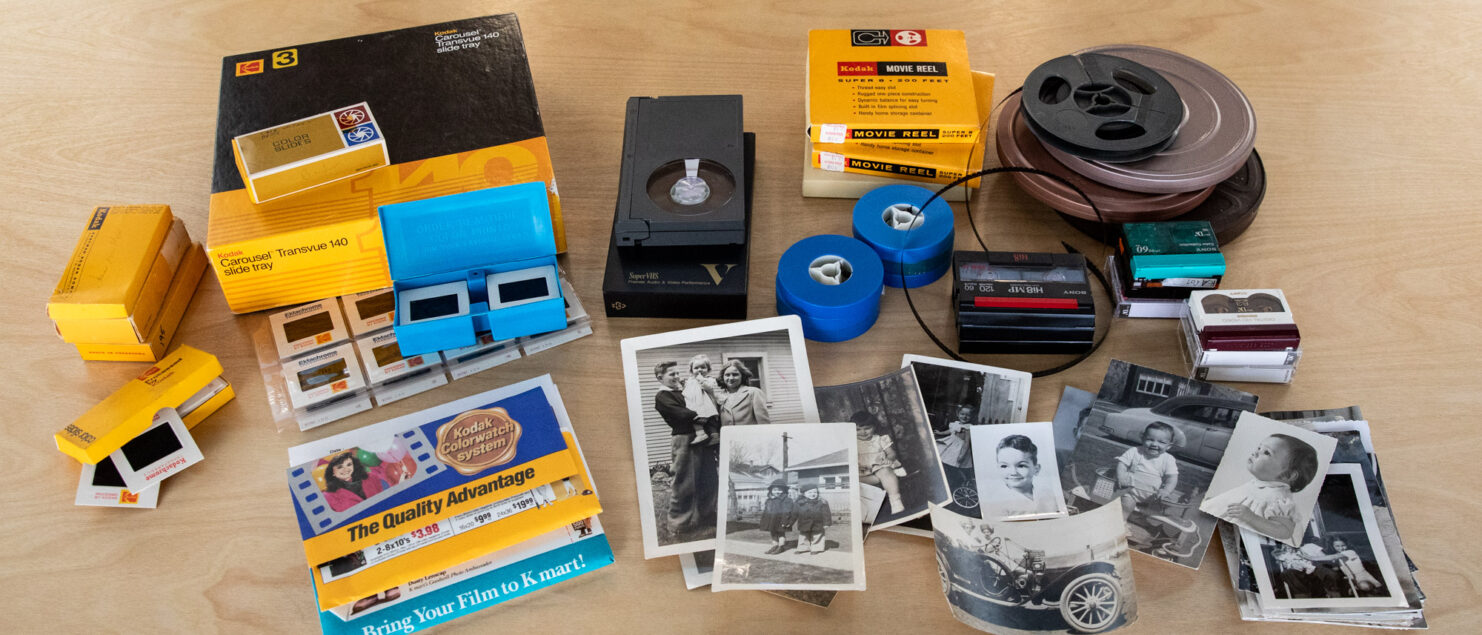Ten Common Photo Organizing Mistakes
Every year we organize millions of family photos in the Chaos to Memories studio. It’s a project that many people start, but few finish without help from a professional. If you’re serious about organizing your photos, then learn from these ten common photo organizing mistakes we see people make with their family archive projects.
1. Not gathering everything first
We start every photo organizing project by gathering everything in one place. This helps us understand the formats involved, the scope of the project, and where to start. If you don’t gather everything up front you’ll end up repeating steps and spending more money.

2. Discarding negatives
Some people think film negatives are useless so they throw them away. They don’t realize that negatives are the original image capture and render the best possible scans. If you still have your film negatives you should definitely keep them.
3. Separating negatives and prints
In the days of film photography, photo labs would return your prints and negatives in the same envelope. Many people don’t know what to do with negatives, so they remove the negatives from the envelopes and set them aside in a jumbled pile. If negatives are available we suggest scanning them to get the best possible quality, so keeping them with their prints is essential.
4. Discarding clues
Many people organize their family photos as part of a larger downsizing project, so they discard non-photo materials such as envelopes, boxes, and receipts. Don’t discard those items until the project’s complete because those envelopes often include important clues about dates, events, and locations that help organize the archive.
5. Scanning without organizing
Scanning your photos is the best way to preserve and share them, but if you scan without organizing then you’re just converting your physical chaos to digital chaos. Instead, we recommend organizing your physical photos before you scan them so all your memories are organized and easy to find. Adam talks more about this on our blog: How should I organize family photos?
6. Organizing by anything other than dates
One of the most common organizing strategies is to sort family photos into piles by person. This plan has generous intentions, but it doesn’t work well. As soon as you see a photo with multiple people in it you’ll realize the dilemma. The Chaos to Memories staff can organize your photos for you, but if you’re tackling it we suggest organizing by date.
7. Scanning at low resolution
We’ve been scanning photos for more than 30 years, and one of the most common mistakes is scanning at low resolution. Low resolution scanning takes less time and requires less storage, but it leaves quality behind and limits what you can do with your photos in the future. We scan photo prints at 600 PPI (pixels per inch) and slides and negatives at 4,000 PPI to capture maximum detail and quality.

8. Ignoring home movies
Most families have so many photos that it’s easy to forget about home movies including film reels, video tapes, and DVDs. Include these in your gathering process and make sure to get these converted to modern digital formats.
9. Not backing up
Organizing and preserving your Family Photo Archive is an important project, so it’s essential to keep a backup of the archive. To ensure you don’t lose your family memories, we suggest the 3-2-1 backup strategy.
10. Getting overwhelmed
The average family has 10,000 physical photos and more than 100,000 digital photos, so it’s completely normal to feel overwhelmed and to make photo organizing mistakes along the way. If you’re stuck and not making progress, we can help. Our staff can accomplish in days or weeks when it would usually take months of years to complete, so don’t hesitate to contact us if you’re feeling overwhelmed.
Interested in working with Chaos to Memories?
If you’re near Chicago and ready to get started, come visit our Wheaton Studio Monday – Friday, 10-5. Please bring your memories with you.
If you live outside the Chicagoland area, we’re happy to send you a Project Form and Contract, along with shipping instructions, so you can get started on your project.
Contact us for more information.

